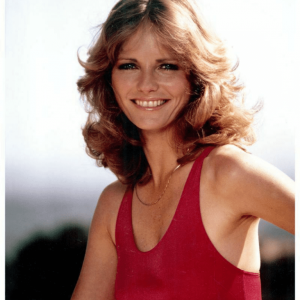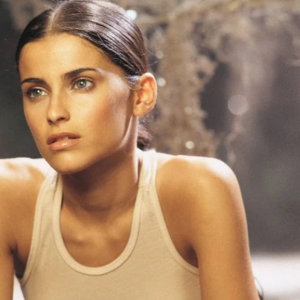The 1986 war movie Platoon, directed by Oliver Stone, remains one of the most compelling and realistic portrayals of the Vietnam War. It’s not just a film but a raw, unfiltered glimpse into the harsh realities faced by soldiers. What makes Platoon even more remarkable is its authenticity, deeply rooted in the personal experiences of its creator, Oliver Stone. Let’s delve into some lesser-known facts that make this film an iconic piece of cinema history.
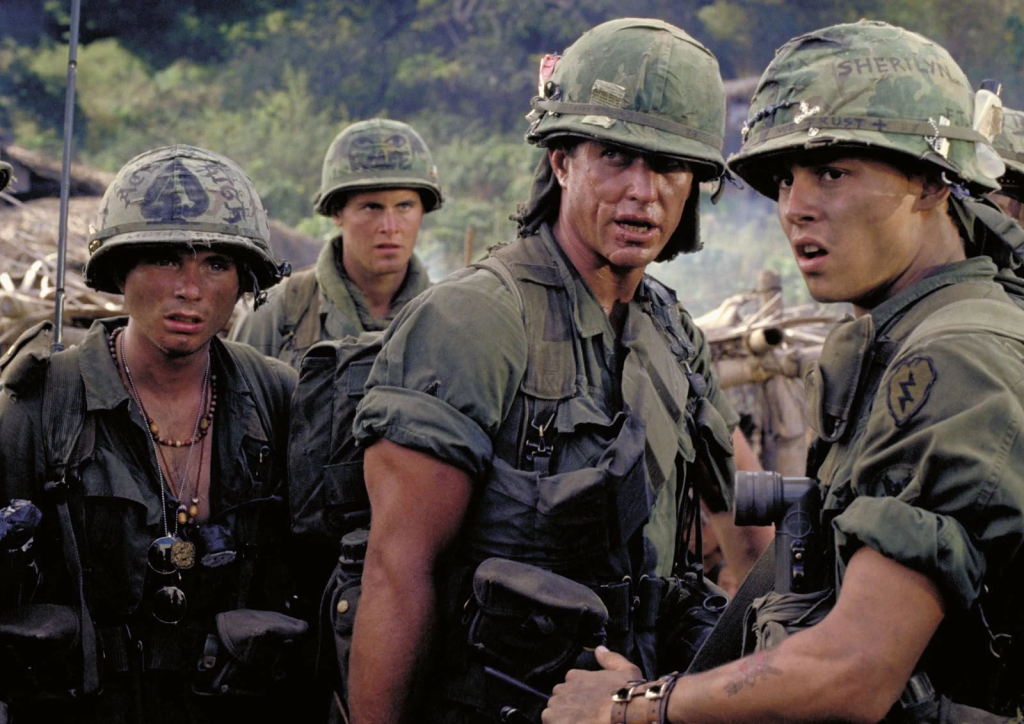
Inspired by the Director’s Own Wartime Experience
Oliver Stone, the visionary behind Platoon, wasn’t just crafting a story; he was reliving his own memories. A Vietnam War veteran himself, Stone served in the 25th Infantry Division of the U.S. Army. The character Chris Taylor (played by Charlie Sheen) is essentially a reflection of Stone’s younger self—a young, idealistic soldier thrown into the brutal realities of war.
Stone had witnessed firsthand the horrors and camaraderie on the battlefield. His intention was to create a film that didn’t glorify war but instead portrayed it as an intense struggle, both physically and morally. The movie stands as his tribute to the fellow soldiers he fought alongside and the burdens they all carried back home.
Video: Platoon (1986) – The D*ath of Sgt. Elias Scene
A Grueling Casting and Training Process
You might think the actors just showed up on set and started filming, right? Wrong. The casting process for Platoon was exceptionally rigorous. Initially, the role of Chris Taylor was almost given to Kyle MacLachlan, but Stone felt that Charlie Sheen embodied the right balance of naivety and resolve. Interestingly, Sheen’s brother, Emilio Estevez, was also considered but didn’t quite fit Stone’s vision.
To prepare the cast for their roles, Stone put them through an intense two-week boot camp in the Philippines. Under the guidance of Dale Dye, a former Marine Corps captain, the actors lived like real soldiers. They slept in the jungle, carried full gear, and even went on night patrols. The experience wasn’t just physically draining; it was mentally exhausting, designed to build camaraderie while instilling the authentic fatigue and paranoia soldiers faced.
Filming Under Brutal Conditions
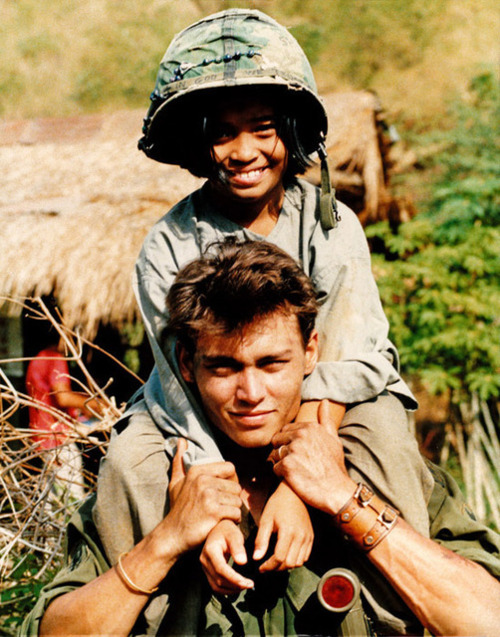
Shooting a war movie in a controlled studio environment? That wasn’t Stone’s style. Platoon was filmed on location in the Philippines, amidst tropical heat, humidity, and unpredictable weather. The harsh environment wasn’t just a backdrop; it was an essential part of capturing the authenticity Stone desired.
The director intentionally restricted the actors from showering and made them live in filth to maintain the war-torn, rugged look. Realism was the top priority, and every scene was carefully crafted to reflect the exhausting and grim nature of jungle warfare.
Real-Life Tension Between Cast Members
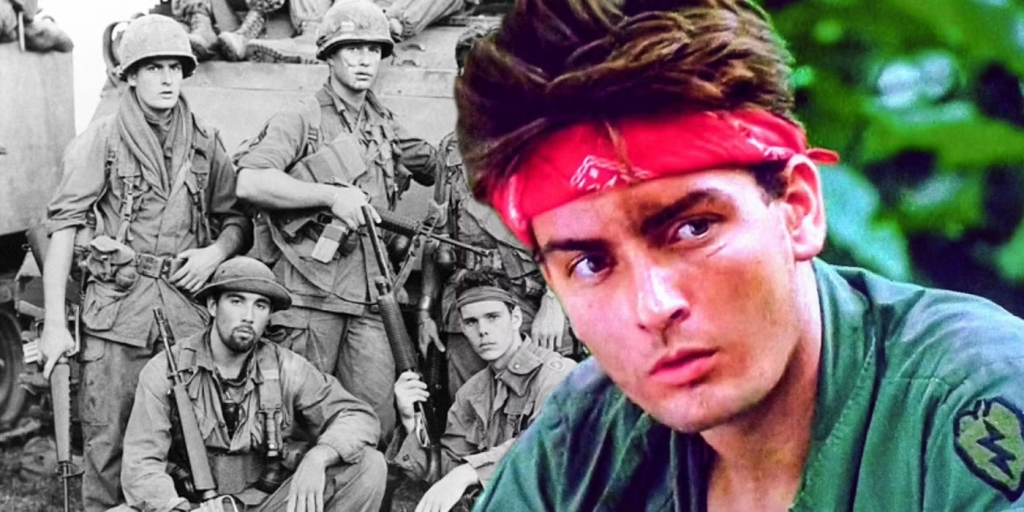
The conflict in Platoon isn’t just limited to the script. In the film, there’s a clear divide between two sergeants—Barnes (Tom Berenger), a ruthless leader, and Elias (Willem Dafoe), a moral and compassionate figure. Interestingly, this tension carried over off-screen as well.
To maintain a sense of realism, Stone deliberately kept Berenger and Dafoe apart when they weren’t shooting. The director encouraged this distance to foster genuine animosity, which worked brilliantly on screen. The result? A palpable tension that made the dynamic between the characters feel disturbingly real.
A Raw and Unfiltered Depiction of War
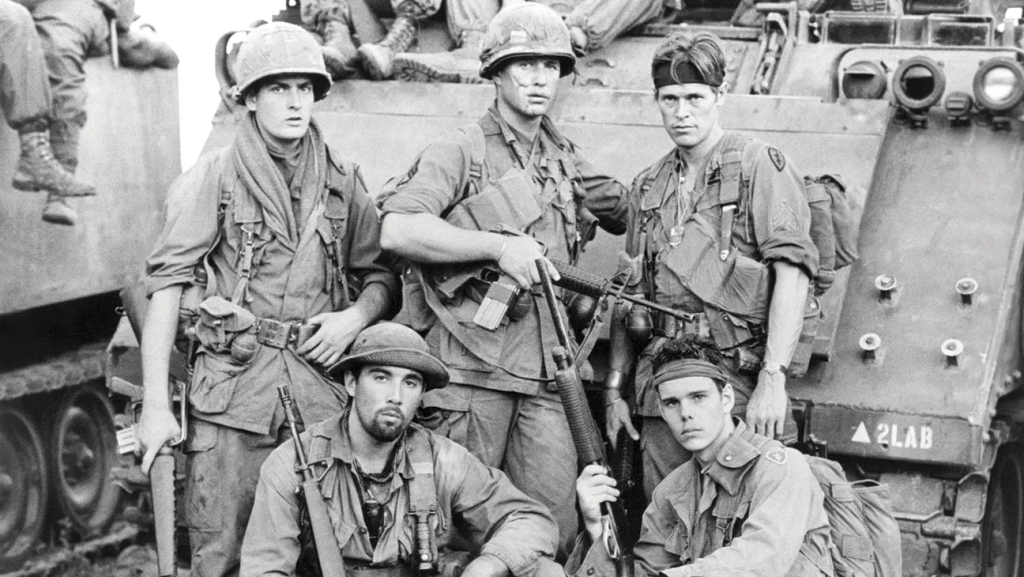
One reason Platoon resonates so deeply is its unflinching portrayal of the brutal truths of war. Unlike many war movies that focus on heroism, this film explores the moral ambiguity and emotional turmoil that soldiers face. It doesn’t shy away from the internal conflicts and divided loyalties that can tear a unit apart.
Stone wanted audiences to feel the chaos and disillusionment that soldiers experienced, and he succeeded. The film’s gritty realism earned it critical acclaim, including four Academy Awards for Best Picture, Best Director, Best Sound, and Best Film Editing.
An Iconic Scene Born from Improvisation
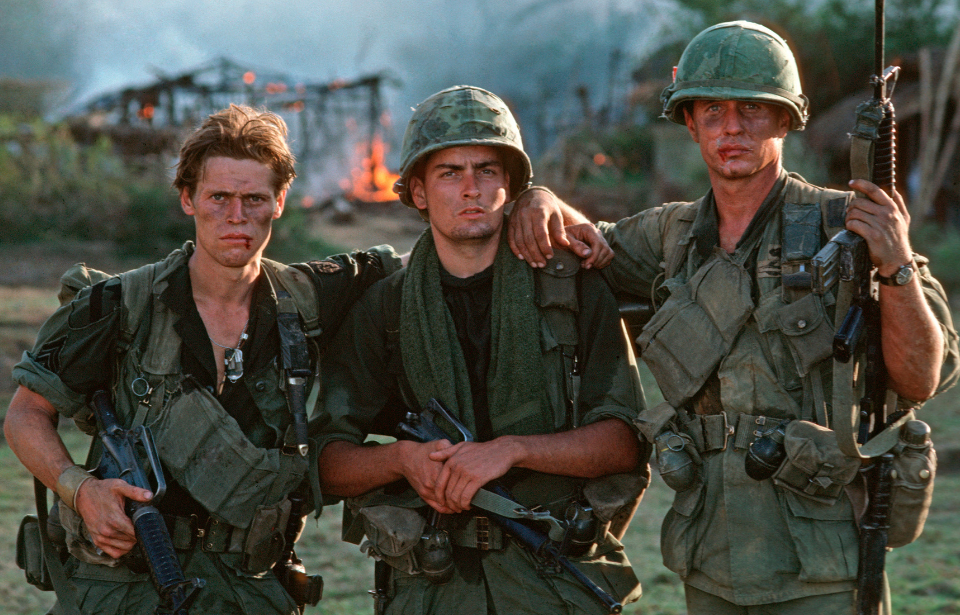
One of the most memorable scenes in Platoon is when Elias (Willem Dafoe) is betrayed and left to d*e, raising his arms to the sky as he is gunned down. Surprisingly, this powerful moment wasn’t part of the original script. Stone decided to add it after sensing the depth of Dafoe’s portrayal and the tragic essence of the character’s fate.
This scene has since become an iconic image, symbolizing the hopelessness and sacrifice inherent in war. It’s a haunting visual that lingers long after the credits roll, capturing the emotional core of the film.
A Cultural Impact That Endures
Platoon didn’t just win awards; it reshaped how the public perceived the Vietnam War. The film sparked conversations about the psychological toll of combat, the division among soldiers, and the moral complexities of warfare.
Vietnam veterans often praised the film’s honesty, stating that it was one of the few Hollywood portrayals that accurately captured the confusion, fear, and guilt they felt. Unlike previous movies that painted war as glorious or heroic, Platoon offered a somber reflection on the scars—both physical and emotional—that soldiers carried home.
The First of a Trilogy
Video: Platoon (1986) – The Village
What many might not know is that Platoon is the first film in Oliver Stone’s Vietnam War trilogy. It was followed by Born on the Fourth of July (1989) and Heaven & Earth (1993). Each film tackles different aspects of the war experience, from fighting on the front lines to coping with trauma back home.
While Platoon focuses on combat and camaraderie, Born on the Fourth of July examines the struggles of a paralyzed veteran, and Heaven & Earth offers a perspective from a Vietnamese woman whose life is uprooted by the conflict. Together, these films offer a comprehensive portrayal of war’s devastating impact on both sides.
Conclusion: A Timeless Classic That Continues to Move Audiences
Platoon is more than just a movie—it’s a visceral journey into the heart of darkness. Its raw portrayal of war, coupled with the emotional weight of its characters, makes it an enduring classic. Oliver Stone’s firsthand experience, combined with the commitment of the cast and crew, produced a film that feels less like a scripted story and more like a harrowing documentary of human endurance.
Even decades after its release, Platoon remains a touchstone for war cinema. It challenges viewers to confront the harsh realities of conflict while honoring the sacrifices of those who endured it. Through its compelling storytelling and unvarnished depiction of humanity in crisis, the film continues to resonate with audiences worldwide.
